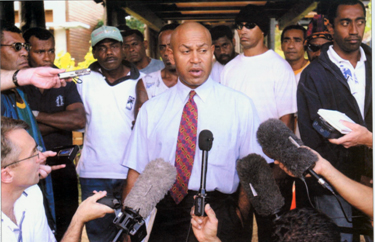
South Pacific university-based journalism school publications were innovative newspaper publishers from 1975 onwards and among early pioneers of online publishing in the mid-1990s.
Several publications have become established long-term with viable economic models and have had an impact on Oceania's regional independent publishing. All have been advocates of a free press and freedom of expression under Article 19 of the Universal Declaration of Human Rights.
Among early trendsetters were Uni Tavur, Liklik Diwai in Papua New Guinea, and Wansolwara and Pacific Journalism Online in Fiji. Wansolwara and its online edition was also the flagbearer for independent publishing under the pressure of two coups d'etat in 2000 and 2006 in Fiji.
All newspapers have contended with censorship in various forms. Now Wansolwara has embarked on a publishing partnership with a leading post-coup Fiji daily newspaper.
This article analyses the independent media published by communication studies educational programmes in Fiji and Papua New Guinea. It examines how a variety of niche publishing formula have boosted independent coverage and issues-based journalism on wide-ranging topics such as human rights, news media facing censorship and freedom of information.
Robie, David (2010). Pacific freedom of the press: Case studies in independent campus-based media models [online]. Pacific Journalism Review, Vol. 16, No. 2, Oct 2010: 99-126. Availability: http://search.informit.com.au/documentSummary;dn=478477050553338;res=IELHSS ISSN: 1023-9499. An earlier version of this paper was presented as part of the UNESCO Media Freedom Lecture series at the University of Queensland in May 2010.


